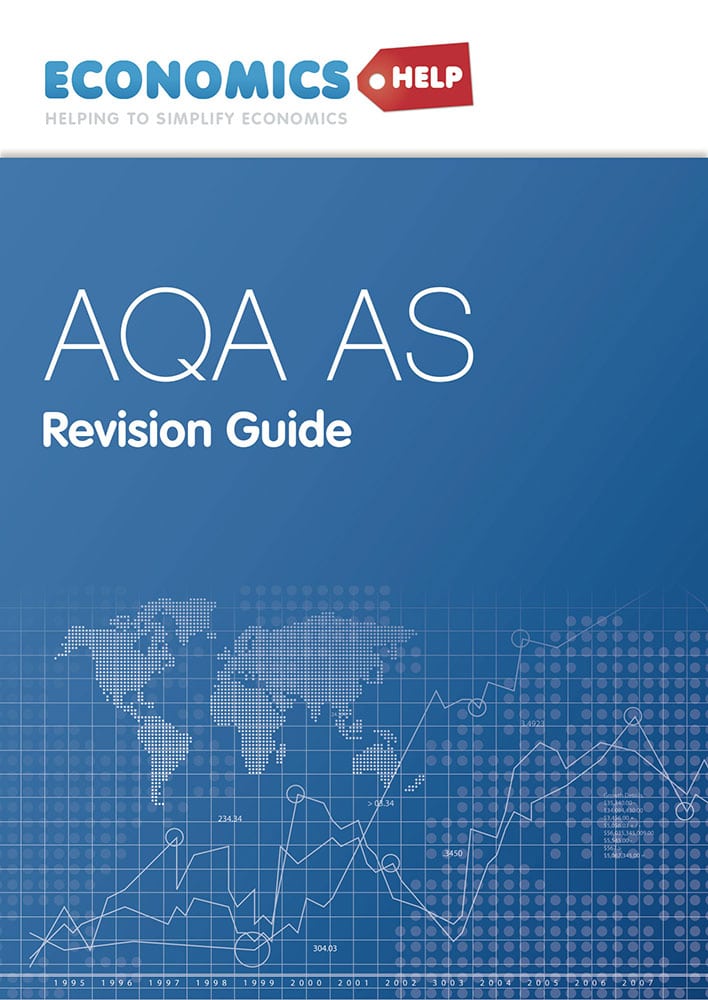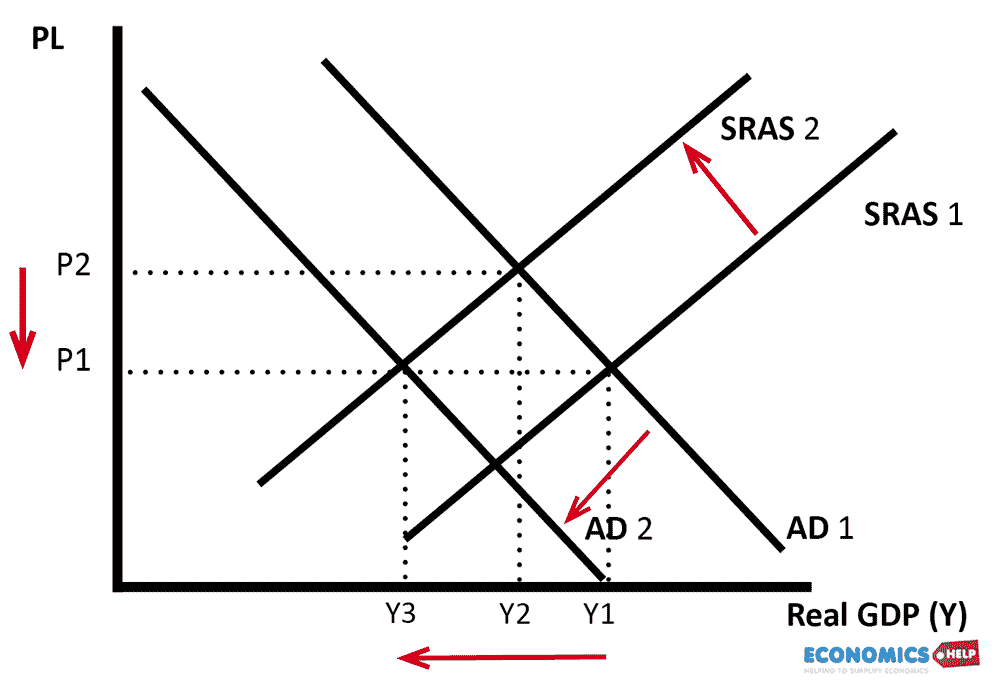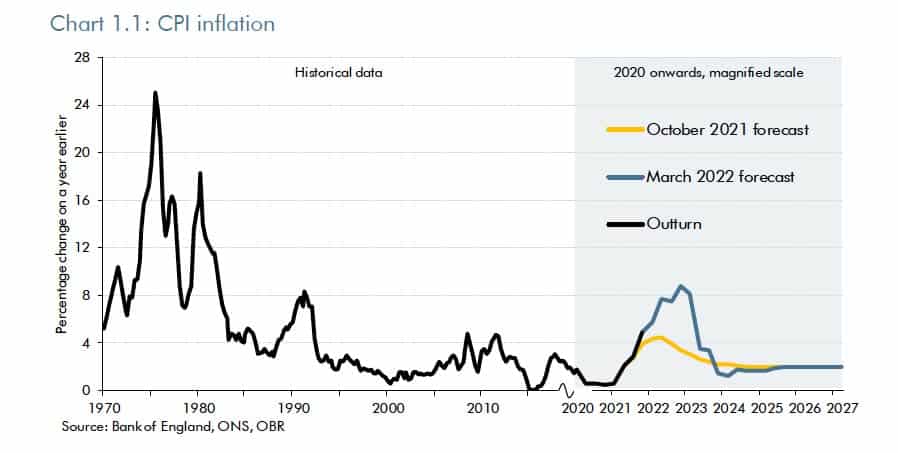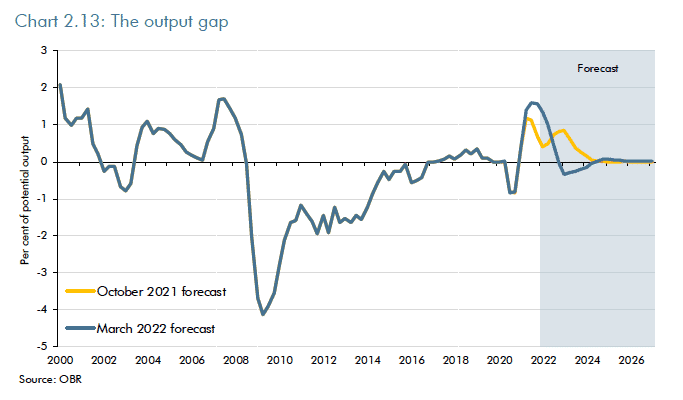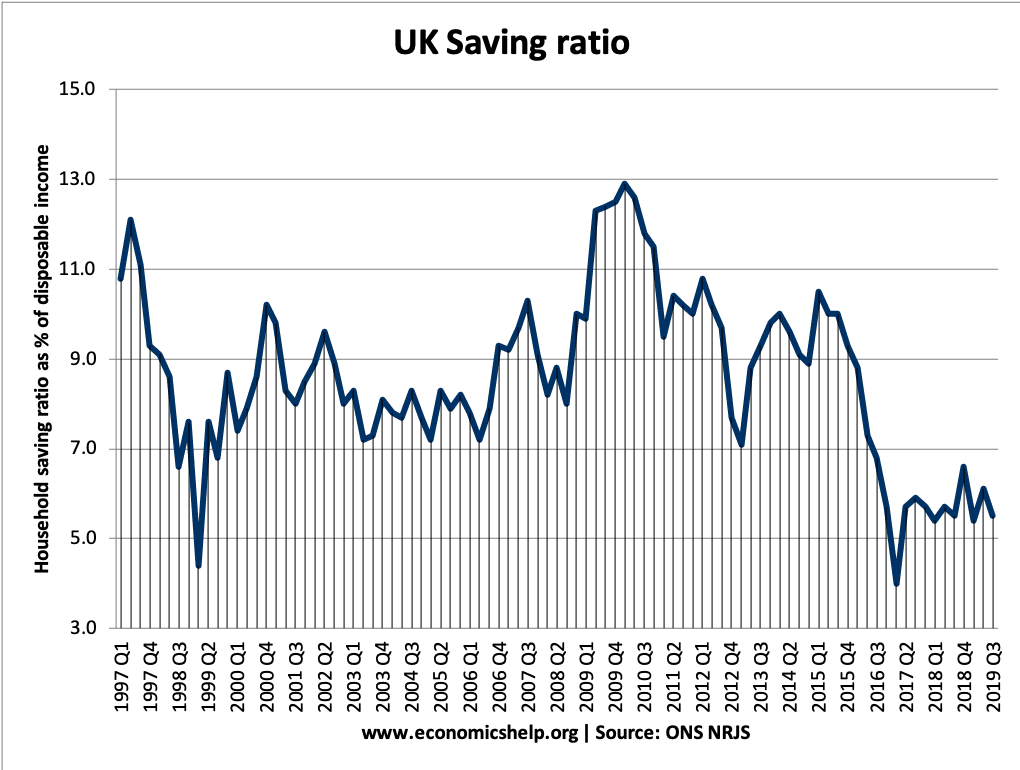AS AQA economics revision guide
- Specific AQA AS economics revision guide (unit 1 + 2) – just £4.00
- Updated for the new AQA economics syllabus.
- Last updated June 2022.
- E-book. It comes in pdf format and is sent immediately after purchase.
- Trademark simplicity and clarity of presentation.
- Significantly expanded on previous version, with not just required knowledge, but also examples of evaluation for each topic.
- For schools – See: Network License – AS AQA Economics (£45.00)
Related

